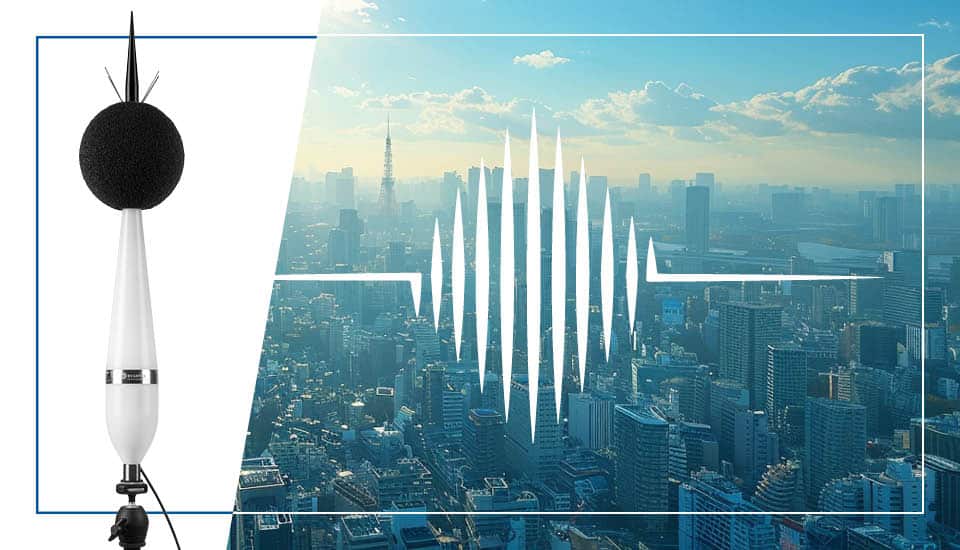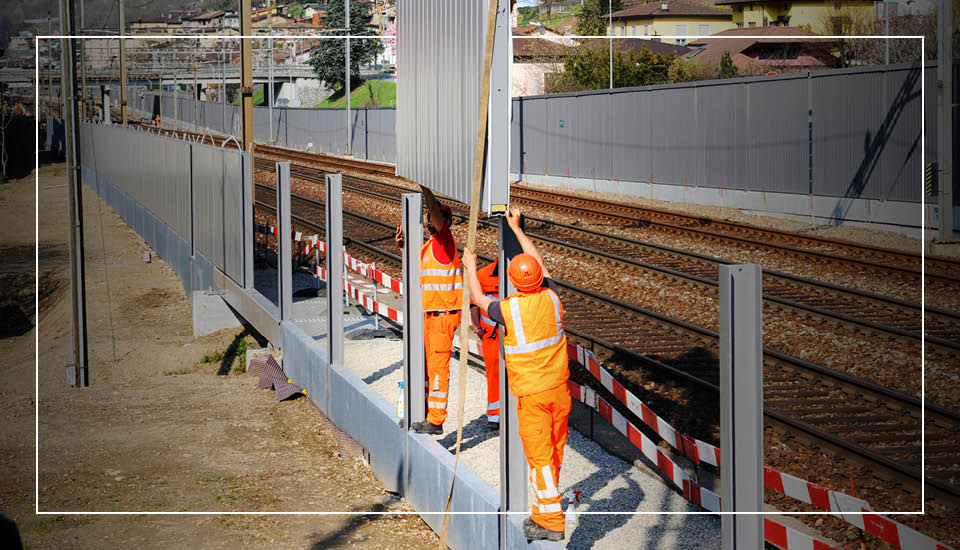Urban Noise: Management of City Noise
Urban noise, originating from sources like traffic, construction, and social events, poses significant public health risks, including stress, sleep disturbances, and cardiovascular diseases, necessitating effective monitoring and regulation. Urban noise management relies on advanced technologies and proactive policies, particularly within smart cities, to ensure healthier and quieter living environments.





